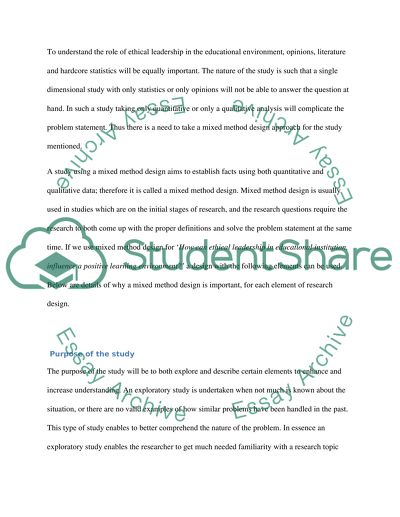Cite this document
(Why a Mixed Method Design Is Important for Each Element of Research Term Paper, n.d.)
Why a Mixed Method Design Is Important for Each Element of Research Term Paper. Retrieved from https://studentshare.org/humanitarian/1559986-propose-and-justify-research-method-and-design
Why a Mixed Method Design Is Important for Each Element of Research Term Paper. Retrieved from https://studentshare.org/humanitarian/1559986-propose-and-justify-research-method-and-design
(Why a Mixed Method Design Is Important for Each Element of Research Term Paper)
Why a Mixed Method Design Is Important for Each Element of Research Term Paper. https://studentshare.org/humanitarian/1559986-propose-and-justify-research-method-and-design.
Why a Mixed Method Design Is Important for Each Element of Research Term Paper. https://studentshare.org/humanitarian/1559986-propose-and-justify-research-method-and-design.
“Why a Mixed Method Design Is Important for Each Element of Research Term Paper”, n.d. https://studentshare.org/humanitarian/1559986-propose-and-justify-research-method-and-design.


